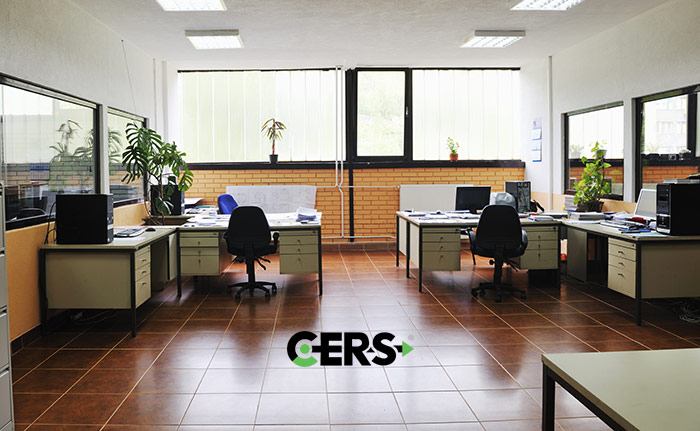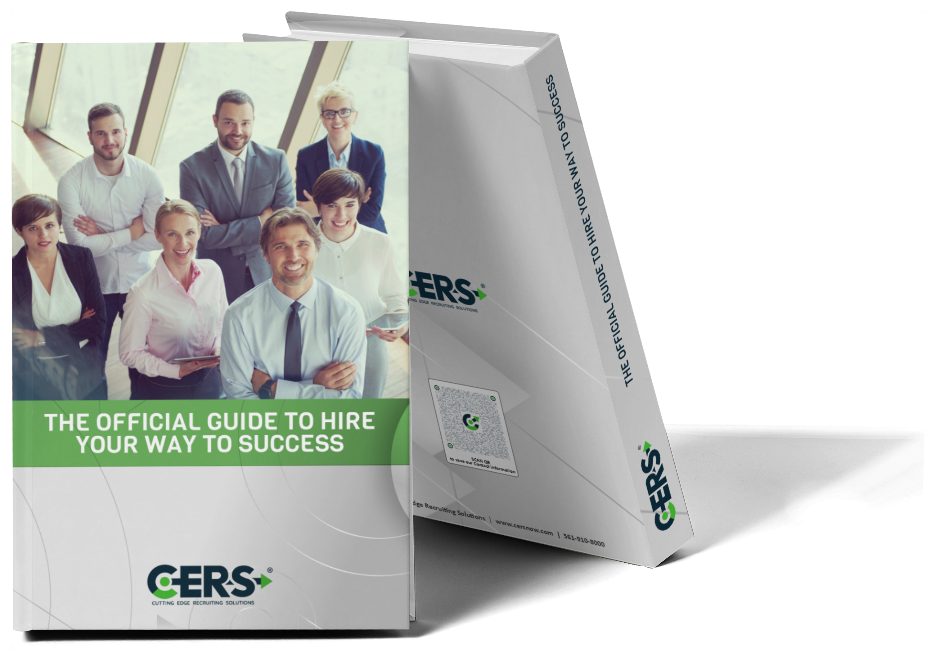In a climate of extreme talent shortages, where 38% of employers world-wide are still struggling to find talent, it’s no wonder that employers are fearful of employee turnover. You worry that you will be unable to replace lost talent, being left with empty desks and reduced capacity. In a climate characterized by severe hiring difficulties, employee turnover is greatly feared.
Of course, while no-one wants to lose a superstar at the height of their powers, it would be a mistake to think that employer turnover is altogether a bad thing. Turnover can have actually positive effects on a business, and a lack of turnover can even be detrimental to a business. How can this be so?
Talent can stagnate in low turnover businesses
We live in a climate of high employee disengagement, where two thirds of employees are – according to Gallup – bored and disengaged, doing the bare minimum and often spreading negativity. In a high turnover environment, the disengaged will move on to be replaced by more engaged talent, refreshing the business. But in a low turnover environment, your business can stagnate as these disengaged performers remain in their positions for years, just coasting, avoiding challenges, and doing the bare minimum.
Low turnover can mean reduced career mobility
While it’s often painful to lose a superstar, on the flip-side, it will present an opportunity for an ambitious junior staff member to step up to the plate. In an environment of excessively low staff turnover, promotion opportunities will be thin on the ground. And since lack of promotion opportunities is the number 1 reason that staff quit, a low turnover environment could make it harder for you to attract and retain staff.
Excessively high turnover can be destabilizing
Of course it’s possible to swing too far the other way and find yourself in the situation of excessively high turnover that we all fear: those superstars end up leaving, and suddenly there’s an epidemic of empty desks and burned out employees trying to pick up the slack. Already overworked managers will have to take time away from their regular work schedule to interview and hire, further chipping away your bottom line. There’s no question that excessively high turnover can be a company’s worst nightmare.
What is the right level of employee turnover?
So, if excessively high and low employee turnover is bad, where does the right level lie? It’s somewhere in the middle: research from the several sources including the University of Melbourne and the Academy of Management suggests that the ideal employee turnover is around 15% to 22%.
If staff turnover is running well below this range, it’s likely your workforce could be stagnating, favoring slackers, and deterring the ambitious. If it’s much higher than this, it most likely indicates a serious underlying problem with your talent management process.
Getting to the optimal employee turnover level
Employee turnover can’t be left to chance; the most successful organizations take steps to create an optimal turnover level. How? To begin with, they measure turnover yearly and develop tactics to help bring turnover back to the right level. What kind of tactics?
Well, if employee turnover is too low and your environment is stagnating, you could shake things up a little by challenging your employees and setting some stiffer performance goals. This should help to reengage your workforce, as there will be nowhere left to hide. That is, those not up to the challenge will leave, creating career advancement opportunities for others to rise to the challenge, ultimately re-energizing your workforce.
If turnover is too high, you should think about deploying some exit interviews with departing staff which will give you insight as to why people are leaving. You will most likely spot some trends and central reasons why people are leaving, such as noncompetitive salaries, bad culture, lack of promotion opportunities, and then you’ll be able to build a corrective strategy.
Of course, ideally you’d identify employee problems long before staff leave, and you can do this using an employee engagement survey. We hear the groans, but these tools have come a long way from the dusty old, once-a-year, paper surveys. Just search online for ‘real-time employee engagement tool’ and you’ll find a list of exciting apps you can use to effortlessly track employee engagement in real-time – through staff smart-phones, enabling you to address issues while they they are happening. This will enable your business to be far more responsive to employee concerns which will help to drive up engagement levels, which should in turn reduce turnover levels.









